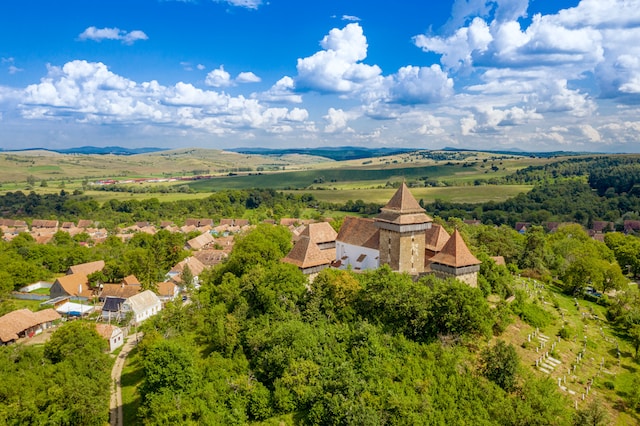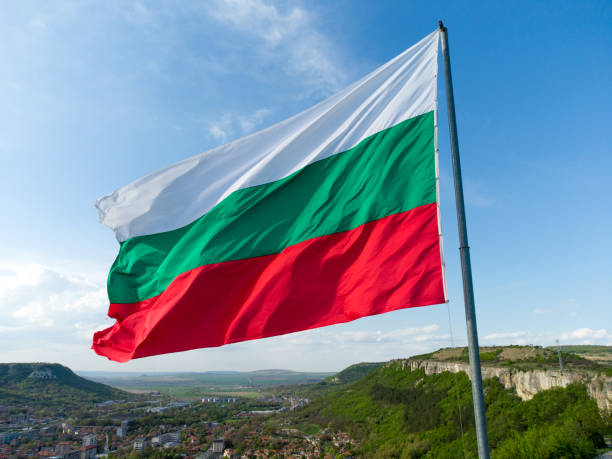Immigrants are increasingly choosing Romania as their final destination. More and more individuals are thinking about relocating to Romania due to the country’s rich history, diversified culture, and potential economic possibilities. However, quotas and limitations on immigration to Romania might make the process more difficult. The immigration limitations and constraints in Romania, as well as how they could affect your ambitions to relocate there, will be discussed in this article.

This page will give a general overview of the available visas and permits in Romania as well as the country’s immigration policy. The technicalities of immigration quotas, such as the yearly caps on the number of permits and visas issued, will be covered in depth. You will know more about Romania’s immigration policies and potential difficulties as an immigrant after this essay.
These other articles might interest you:
Overview of Romania’s immigration system
The Romanian immigration system is based on several variables, including work, education, and family reunion. Depending on their intended use for the nation, people can apply for various visas and permissions. These consist of:
Short-term visas
People can apply for a short-term visa for stays of up to 90 days over six months. This kind of visa is appropriate for transient travel, business, or other purposes.
Long-term visas
People can apply for long-term visas for stays longer than 90 days over six months. For those who want to stay in the country for a lengthy amount of time to work or study, this form of visa is appropriate.
Resident permits
Those who want to remain in Romania for some time longer than a year may apply for a resident permit. People who want to stay and work in the country for a long time should get this kind of permit.
Categories of immigrants subject to quotas and caps
Romanian immigration quotas and limitations apply to several kinds of immigrants. These consist of:
Family members
Quotas and limitations apply to relatives of Romanian citizens and legal residents. For instance, the government established a cap of 1,500 family reunion licenses for the year 2021.
Workers
Quotas and limitations apply to non-EU workers who want to work in the nation. The amount of work permits that may be awarded to non-EU employees each year is capped by the government. Based on the demands of the nation’s labor and economy, this cap has been set.
Students
The maximum number of students that can enter Romania each year has been determined by that nation’s government. The precise quota may change based on several variables, including the capacity of educational institutions, the availability of resources, and the nation’s general immigration policy.
Impact on application
The limits and limitations on immigration to Romania have a big influence on visa requests. The number of immigrants permitted to enter Romania each year is restricted by the government. Due to this limit, fewer visas are now being granted to the people of Romania.
The quota system was implemented to limit the flow of immigrants into the country. This has led to a more stringent application process for visas. If a Romanian citizen wants to apply for a visa, they must fulfill several requirements, such as having a Romanian family member or having a work offer.
The quota system has made it harder for Romanian nationals to get visas, but it has also helped to limit the number of immigrants who are allowed to enter the country. As a result, the economy and society are now more stable and secure.
Advice for dealing with caps and quotas
The earlier you apply, the better your chances are of being accepted for a visa or permission. Quotas and caps are frequently reached rapidly, therefore submitting your application early might assist guarantee that it is taken into account before the cap is reached. Additionally, it’s critical to check that your application is accurate and full and complies with all regulations, as applications that are insufficient or inaccurate may be denied.


